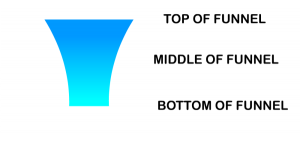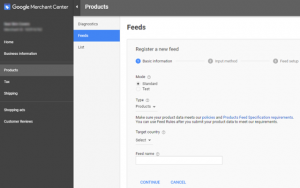How Brands Can Use Location Data, Analysis To Create Goodwill
Starbucks is a great example of how to create a positive buzz around a brand and goodwill with consumers by aligning themselves with an eco-friendly cause. Starbucks announced recently that it’s phasing out plastic straws in all its 28,000 stores by 2020. The company plans to replace the straws with cold-cup plastic lids that can be recycled, unlike the current straws, which are too small and light.
It’s estimated that over 500,000 straws are used in the U.S. each day. Starbucks wants do its part and cut back on the amount of straws used, estimating that it will eliminate1 billion straws a year worldwide post 2020. This number may seem large, but using highly accurate location and device traffic data, it’s estimated that the coffee chain will actually eliminate almost double that amount in one year.
Where Location Data Comes In
With hundreds to thousands of retail transactions per store per day across one large food or beverage chain, the actions of a single company can have profound cumulative effects on the environment. Using location and signal-level data, companies can gain deeper insight into store-level transaction quantities and trends. Analyzing foot traffic patterns and leveraging venue visit counts permits strong inferences to be made regarding total transactions per store. Such data can then be used to develop a more holistic understanding of an entire chain as well as variations across the many individual parts.
Based on our independent analysis of all Starbucks venues, estimates show the company could eliminate around 1.8 billion straws per yearin just the top 10 countries where it currently has the most locations (U.S, China, Canada, Japan, South Korea, UK, Mexico, Taiwan, Turkey and Indonesia).
Starbucks Expansion In China Calls For a Change
Starbucks also announced that it isopening stores every 15 hours in China over the next five years. By using location data and signal intelligence, competitors can frequently identify when a Starbucks or other store location is opening or closing before this is publicly announced. Having this information allows retailers to get a better sense of individual store performance and identify trends around which geographic regions are seeing the most expansion or downsizing.
Starbucks is also rapidly growing in Shanghai, China, the world’s largest city by population. Shanghai has nearly 700 Starbucks stores already. They generate the largest amount of mismanaged plastic waste of any country in the world. China’s Chang Jiang River, which flows past Shanghai, delivers nearly 1.5 million tons of plastic waste into the Yellow Sea. With Starbucks’ vast expansion in that region, its decision to eliminate straws makes an important policy statement that will hopefully lead to much larger reductions from other companies who increase loyalty to their brands by doing the right thing.
Bottom Line
Estimating the number of straws that Starbucks can save and detecting opening and closings of stores are just two examples of how location data can be used to get more accurate insights into store trends. Though accurately counting the impact of eliminating straws may seem like a small example of location data capabilities, it can make a huge impact for Starbucks as a brand.
With Starbucks leading the way on reducing plastic waste, other organizations can decide to follow suit and make a sustainable and eco-friendly future a priority. Arming themselves with relevant, actionable data can help them make more commercially and ecologically informed decisions. If we don’t act now,by 2050 there will be more plastic in the ocean than fish.
(66)






